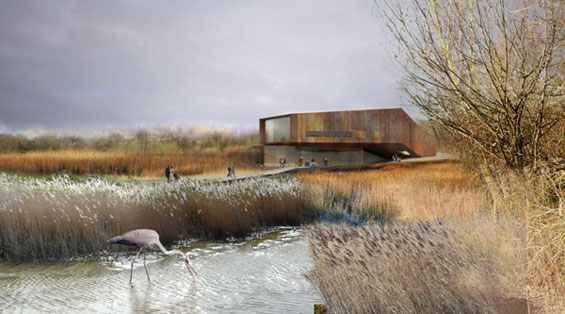
HASSELL was one of four finalists shortlisted in the Royal Institute of British Architects / Land Trust competition to create a master plan for a new public open space and visitor destination at the former Cronton Colliery site – a disused coal mine in Knowlsey, United Kingdom.
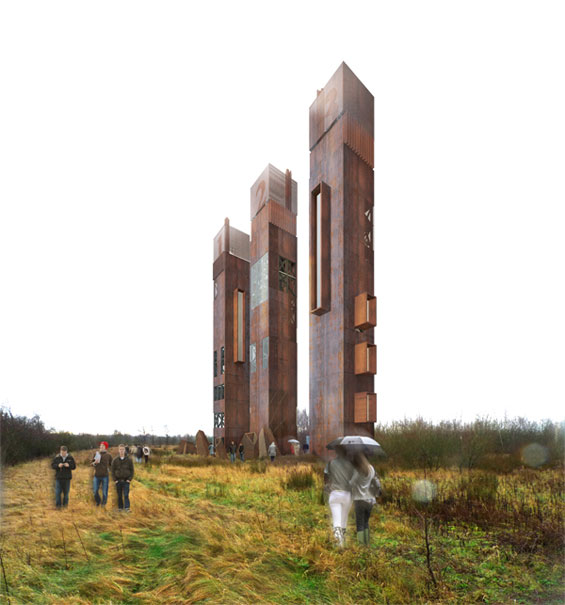
Open to architects and landscape architects, the competition aim was to create a destination with a self-sustaining funding structure that appealed to a range of leisure interests and worked in conjunction with other local attractions.
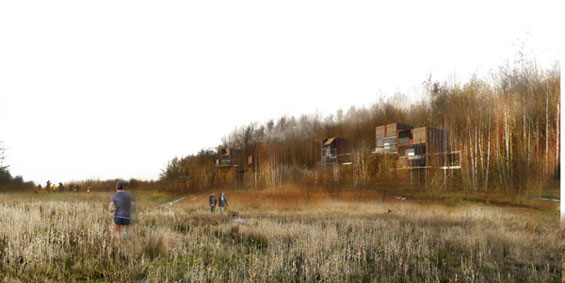
The HASSELL vision for the site was for a world class, sustainable park. At its heart is a new community, with newly established connections to the surroundings. A vibrant place for generations to enjoy – engaging locals and visitors in activities that reinforce the site’s significance, while showing how natural and urban areas can coexist in a positive and sustainable way.
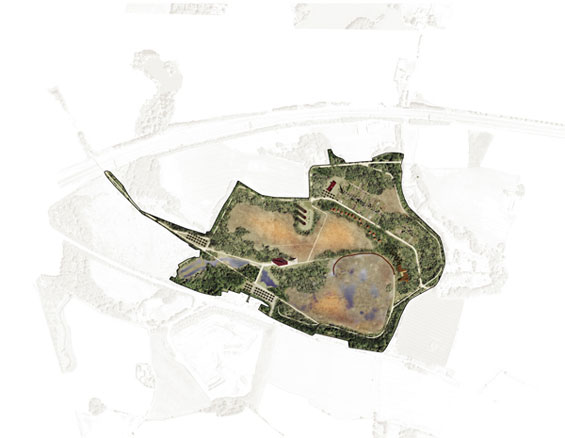
The master plan recognised the site’s many years of extensive land remediation and revegetation works. The existing vegetation and its associated wildlife habitat would be preserved, protected and enhanced.
The landscape is characterised by a beautiful palette of colours and textures. With each change of season, the grasslands and Birch backdrop’s colour palette shifts ever so subtly. This aspect informed the materiality of the buildings, enabling a ‘symbiosis’ of the landscape and proposed architecture. The architectural elements also interpret the rich industrial heritage of the site, using materials that not only blend with the landscape, but also have memory, longevity and are low maintenance.
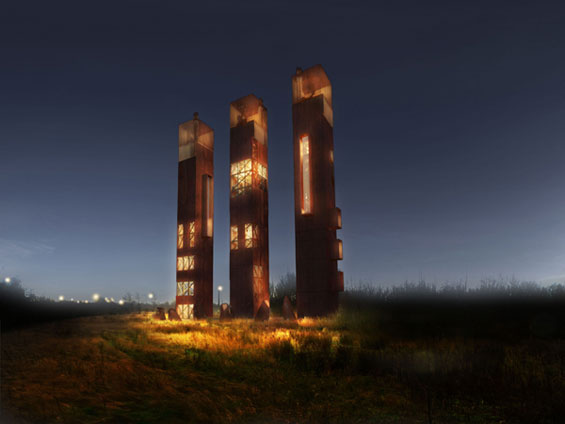
The proposal sought to reactivate Cronton Colliery through a phased introduction of proven community amenities, overlaid with a managed activities program. Allotments and a community centre would draw people to the site, together with more commercial opportunities including sustainable housing and eco-tourism in the form of an ecologically designed hotel, conference centre, spa and a restaurant that draws on local produce. In parallel, a visitor centre would provide links to the site’s history and opportunities for education, as well as flexible commercial space.
As a result, locals and visitors would use the site daily. The community are provided with a new park, mixed-use destination, and highly-valued ecological resource where they can live, work and play in a space that respects the natural and industrial heritage.

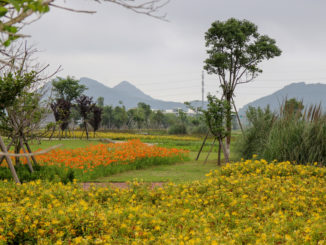

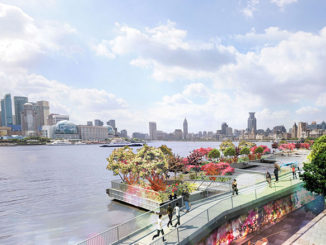
Comments are closed.